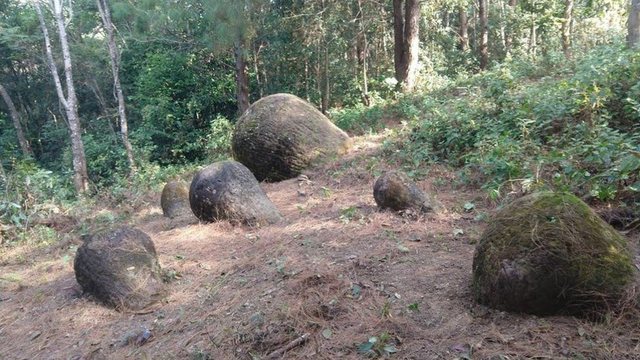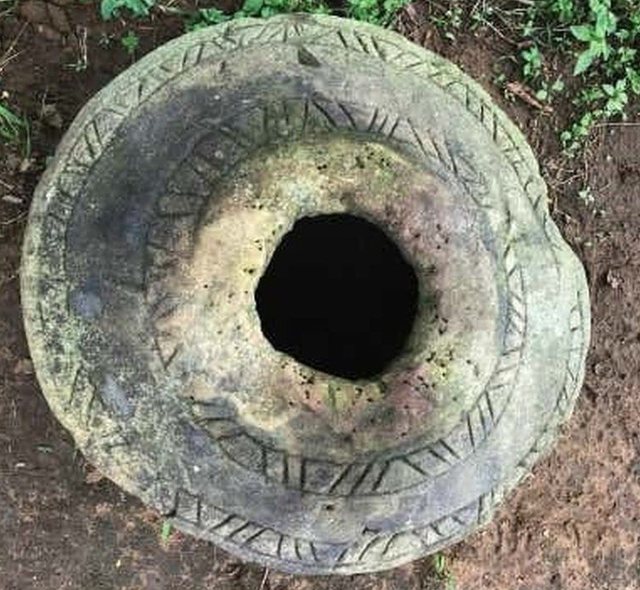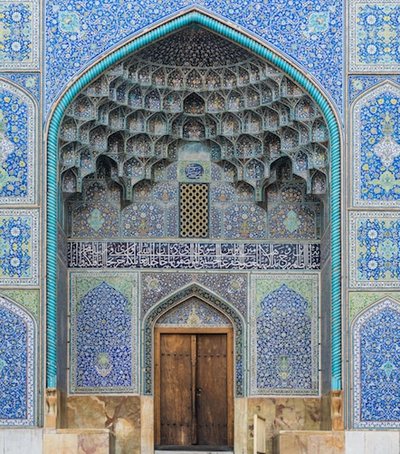
Researchers have discovered giant "mysterious" vases in India that may have been used for ancient human burial practices. 65 sandstone vases were found scattered in four areas in the northeastern state of Assam. They vary in shape and size. Some of the vases are long and cylindrical, while others are partially or completely submerged in the ground.
Similar stone vessels have previously been found in Laos and Indonesia.
Details of the discovery - which involved researchers from three universities in India and Australia - were published in the Journal of Asian Archeology this week. The research was led by Tilok Thakuria from North-Eastern Hill University and Uttam Bathari from Gauhati University.
"We still do not know who made the giant jars or where they lived. It's all a bit of a mystery," said Nicholas Skopal, a researcher at the Australian National University who was part of the research team.
Although it is not yet clear what the giant jars were used for, researchers believe they "are likely to be linked to mortal practices."
"There are stories from the Naga people (an ethnic group in north-east India) of finding jars filled with incinerated waste, beads and other material artifacts," Skopal said.
Dr Thakuria told the BBC that "currently the vases are empty" and they were once probably covered with lids.

About 10 sites containing more than 700 jars have been discovered in Assam so far, Dr Thakuria said. They believe these jars date back to before 400 BC.
The researchers said they had checked a very limited area in Assam and that "there is likely to be a lot more there. We just don't know yet where they are".
The jars in Laos that were discovered in 2016 are believed to have been placed in Xieng Khouang province at least 2000 years ago.
The size and structure of the jars found in Assam and Laos are very similar. However, there are some variations in shape and size.
Source: BBC





